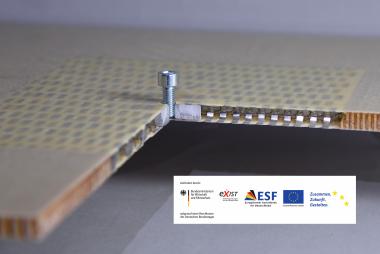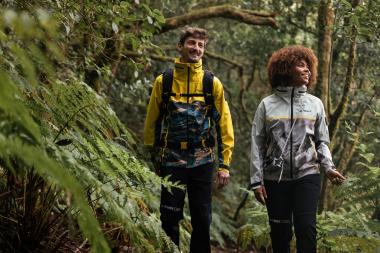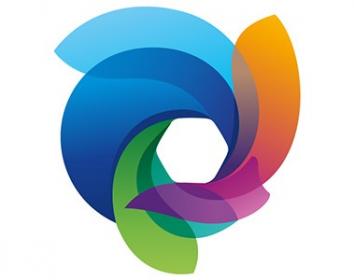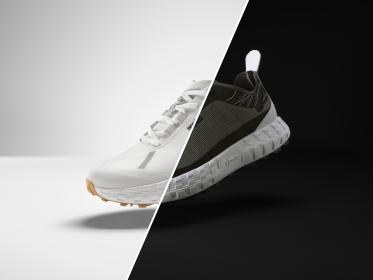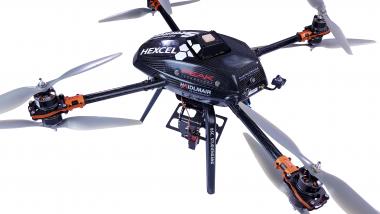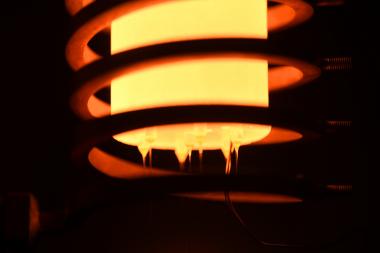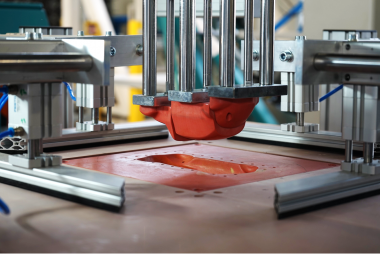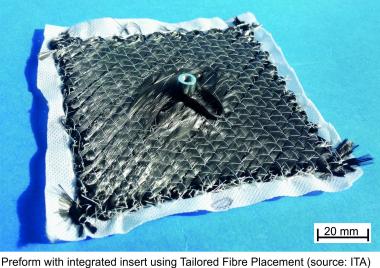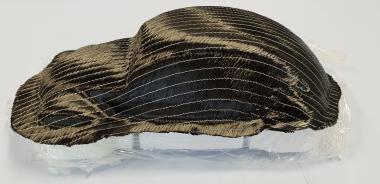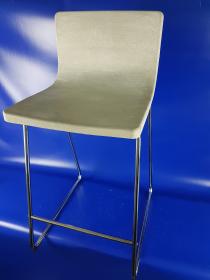Exist research transfer project FoxCore successfully launched
The FoxCore founding team and the ITM at TU Dresden aim to usher in a new era for fastening solutions in lightweight construction with the start of the Exist research transfer project FoxCore. The project started on June 1, 2023, and will run until November 30, 2024, with support from the German Federal Ministry of Economics and Climate Protection (BMWK) and the European Social Fund (ESF).
The innovative company is to develop and offer new and customer-oriented fastening solutions for lightweight construction applications. Safety and performance of lightweight solutions in various industries are to be increased. FoxCore's objective is to take a leading role in fastening technology.
Daniel Weise, Philipp Schegner, Michael Vorhof and Cornelia Sennewald form the FoxCore team; they will work closely with the Institute of Textile Machinery and Textile High Performance Materials (ITM) at TU Dresden. Together, they will develop optimal manufacturing technologies and establish a widespread network of customers and suppliers.
ITM Technische Universität Dresden, technische Textilien, Leichtbau lightweight construction research FoxCore
Institute of Textile Machinery and High Performance Material Technology (ITM)
TU Dresden


